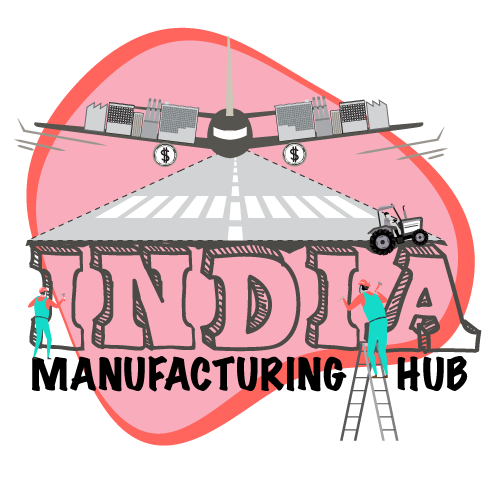Ambition and Determination of India being the World’s next Manufacturing Hub

The societal stability of the world at present is going through a phase of extreme turbulence due to the ongoing pandemic, Covid-19 and this domino effect has affected the global policy-makers to draw out a recovery plan to revive the sabotaged economy. The impact of the crisis has resulted in borders being fortified, choking in the global trades, and human relations being clogged, in short bringing the world to its knees.
Every economy is now trying to achieve self-sufficiency as the pandemic has enlightened the world of the ‘survival of fittest’ which is to be considered both in the literal and metaphorical perspective.
Disruption of Global Market due to China
Undoubtedly, it’s action time for India to come out with a strong foreign economic policy that can attract the other nation-states who are looking to invest in the manufacturing sector. Currently, China rules this domain and has been known for being the manufacturing hub and the world’s largest factory of production. It is due to the abundance of cheap Chinese labour that brings down the production cost. Moreover, the nation has a strong business ecosystem which has lower regulatory compliances, low taxes and duties, and competitive currency practices.
But now, the role of China as a ‘hub for manufacturing’ has come to an instant halt and this is just the beginning. Further, some of the countries have accused China of purportedly creating this virus and attacking the world with its biological weapon to de-stabilize the economies and make them debt-ridden1
Owing to this, there has been potential long-lasting disruption to supply chains that was caused due to heavy reliance on the Chinese for manufacturing the goods. Chinese auto manufacturers and chemical plants have reported more closure in comparison to the other sectors. Shipping and logistics companies have reported higher closure rates than the national average. Thus, the ripple effects of this severe disruption are being felt around the globe.
Why can India be the next best alternative?
Certainly, India has proved to do the needful and take immediate actions and has also set a precedent for the world by supplying the essential medicines to 55+ countries2 on their one request even at the toughest times of crisis. Moreover, India is one of the fastest developing economies and has the adequate population dividend to deal with the potential availability of the resources. India can be prosperous for the manufacturing giants who produce goods related to electronics, computer hardware, pharmaceuticals, automobiles, including components and other engineering products.3
India has a higher rate of domestic consumption, absorbing a large part of output which turns out to be an added advantage for the producers as it ensures them a degree of economic security. In simpler terms, India has the Demand – Supply chain, well established.
Certainly, India in its recent years has also brought in several policy changes to lure the interest of investors to India. Some of them are:
- Reducing corporate tax4
- Approving financial assistance to modified Electronics Manufacturing Clusters Scheme for development of world class infrastructure8
- Training of people under Pradhan Mantri Kaushal Kendra’s and Industrial Training Institutes
- Permitting 100 percent FDI in contract manufacturing through automatic route5
- The National Policy on Electronics (NPE) which has envisaged creation of a US$ 400 billion electronics manufacturing industry in the country by 2025
- Exemption of 35 machine parts from basic custom duty in order to boost mobile handset production in the country in 2018.
These measures highlight the ‘Make in India’ policy crystal clear.
What is Stopping India to be the manufacturing hub?
Nonetheless, it would not be easy for India to revitalize its politics of economics as India lacks a ‘culture of manufacturing’ which is prevalent in countries like China, Germany and South Korea.
It is the Indian perception that this sector is bleak and lacks linkages as well as growth. The best minds in India do not want to put their career on stake at least in this division of economy6
Additionally, the lack of infrastructural architecture coupled with complicated tax policies are also adding to the burden. Unlike China, India hasn’t paid adequate attention to infrastructure, investment and manufacturing. To substantiate this fact, India currently invests only 30% of its GDP while China invests 50 % of its GDP.
The GDP percentage of the manufacturing sector in India rests at 16% at present while China has 30 % of its GDP through manufacturing. Tools like trade barriers and promotion of import substitution further disgraces the manufacturing sector’s growth in India.7
The Indian economy is still heavily reliant on agriculture and the Indian Government has always focussed on fortifying the development with the help of service-based industries. It is the appropriate time for the Indian economy to experiment with the curve of the manufacturing sector with full force.
So, having already started the race to compete with the global manufacturing countries with the aim to increase the GDP percentage of the manufacturing sector to 25% by 2022, and with the help of the celebrated initiative ‘Make in India’, one can only wait to see what’s actually in store for the Indian market.
References

